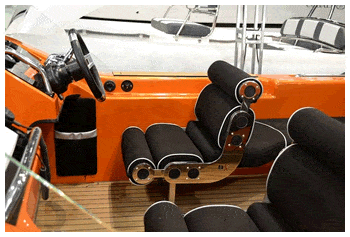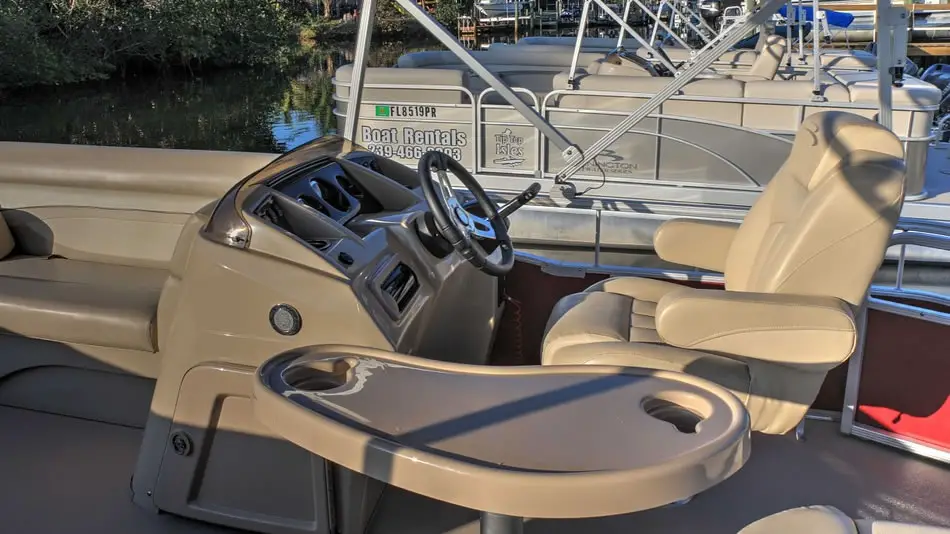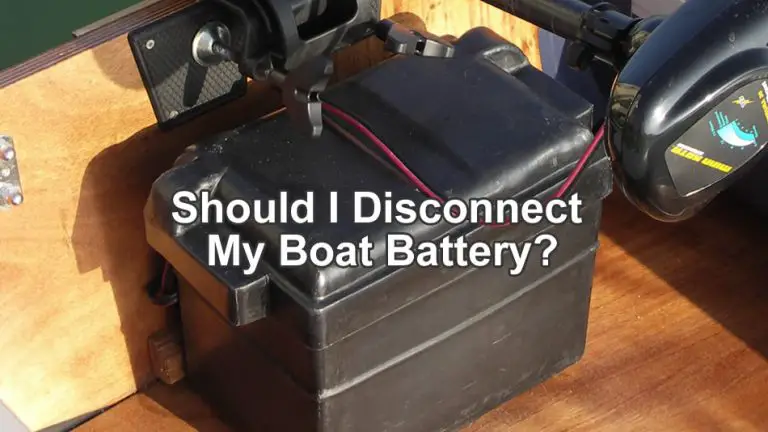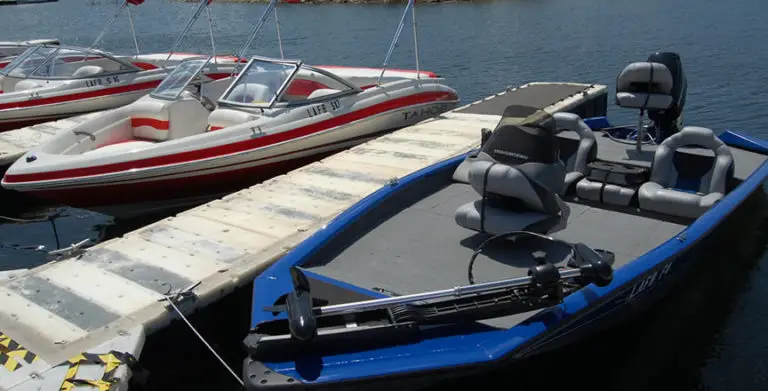Which Boat Seat is Right For You

Types of Boat Seats
There are many different types of boat seats to choose from and choosing the right boat seat for your boat is very important.
- Captain’s Chairs
- Bench Seats
- Swivel Seats
- Leaning Posts
- Flip-Flop Seats
- Bucket Seats
- Pontoon Boat Seats
- Lounge Seat
Captain’s Chairs: There are many different types of captain’s chairs to choose from, and they range widely in quality. Prepare to spend at least a couple hundred dollars and up. They could even run you into the thousands for a top of the line captain’s seat. Captain’s chairs are similar to bucket seats but tend to have armrests and can be adjustable to fit the captain of the boat.
Bench Seats: These seats are longer and built for more than one person at a time. Bench seats come in a variety of sizes, usually somewhere from 28 inches in length to 65 inches in length. They are closer to a love-seat or couch, like what you would find in your home. There’s no armrest between each other, and you could also lay down on them. Bench seats are very comfortable. You would typically find these seats on pontoon boats and cruisers. Storage could also be found in the base located below the seat cushions.
Swivel Seats: This type of seat is typically found on fishing boats, so it makes it easier for the fisherman to move around while fishing. They are usually a smaller type of seat with a lower backing, although you can spend some extra money to get a higher back, as well as some armrests. There are a few benefits to using a swivel seat such as they could be removed, spin 360 degrees, they’re self-lubricating with non-corrosive poly swivel bearings, and they can fit most standard seat holes patterns.
Leaning Posts: These seats are typically used on center consul boats as well as bass boats. Leaning post seats can come with or without a backrest, and if it comes with the backrest, then the backrest would also be removable. You can use them as a leaning post, a seat, or a bench. There’s usually a foot rail and handrail that goes around. Most leaning post seats also have four holes at the back for your fishing rods to sit in.
Flip-Flop Seats: These types of seats are what you typically see on fishing boats, bass boats, as well as recreational boats. Their reasonably comfortable since they have cushioning found in both the seat and the backrest. Some come with a storage area underneath and could be insulated to carry ice to help keep things cold.
Bucket Seats: These seats are rounded or contoured and made to fit just one person. They could also be used as a captain’s chair. Bucket seats are also considered to be very comfortable seats and made out of a marine grade vinyl that will help protect them from the sun and make them resistant to salt and mildew.
Pontoon Boat Seats: Pontoon boat seats are very comfortable and very long. They are built to fit multiple people at once, and they usually wrap around the boat to maximize the number of people it can hold. These seats are hinged to reveal the hidden storage space underneath.
Lounge Seats: Lounge seats feature two connected seats that are built back-to-back from one and other. They have a built-in storage unit underneath them. Lounge seats can also fully recline right back to make it easier for you to kick your feet up and get more comfortable.
How Many People Can I Seat On My Boat?
For this question, you need to take into account peoples size, height, and build. It is always recommended not to carry more passengers then you have seats. Each person should be able to sit comfortably in a seat.
Pontoon boats and other water vehicles that have bench seating or seating that is built for multiple people need to make sure that every passenger has space between each other, and that they are not wedged up against one and other. To give you an idea, a small pontoon boat that is under 20 feet long, can probably safely seat up to six adults. A pontoon boat that is around 25 feet long can usually seat as many as 8 to 10 adults. When you start looking at pontoon boats that are larger then 25 feet long then you should often be able to accommodate larger groups of 12 to 15 adults safely.
But before you start loading people into your boat, it’s always a good idea to first check what the manufacturers recommended seating capacity is for your boat.
Another tip to remember is, you want to make sure that you evenly seat your passengers on the boat to avoid putting too much weight on one side and causing it to tip.
Best Way To Protect Your Boat Seats
Boat seats can be expensive to replace, so it’s a good idea to keep them protected against the powerful UV rays that beat down on your boat all day. If you take good care of your boat seats, then you should be able to prolong the look and performance. Here are a few ways you can help with that.
- There are several UV inhibitor products to choose from but the top product most recommended is called 303 Marine Protectant. It works great on vinyl seats and prevents them from fading and cracking. It is recommended that you regularly apply the application to the seat.
- Seat covers can help protect the seats from the sun as well as regular use, and salt water.
- Install a boat shade or cover that pulls out and provides shading from the sun.
- When you’re not using your boat, and it’s either stored at a marina or on the back of a trailer, it’s a good idea to have a cover that straps down and helps keep out the sun, rain and of course pesky animals from ruining your interior.
What NOT to Clean Your Seats With
- Do not use cleaners such as; bleach, Windex, or ammonia-based products, etc. on your vinyl seats. These products tend to wear the vinyl out quicker and cause problems sooner for you down the road.
What You Can Clean Your Seats With
- Only use mild and specialized clears such as; 303 Fabric & Vinyl Cleaner, 303 Aerospace Protectant, IOSSO Stain Remover, IOSSO Mold & Mildew Stain Remover, dish soap, and laundry soap.
- If you have stains that won’t come out, you can try using a Magic Erase by carefully rubbing it over the stain in a circular motion.
Cleaning Your Boat Seats
- In a bucket, fill it about 3/4 full of clean water, and then add 1/4 cup of soap.
- Dip a soft cloth rag or sponge into the bucket of water and get it nice and wet. Ring it out, so it’s not soaking wet or dripping.
- Wipe down the vinyl seats in a circular motion and try to avoid having the water from your cloth/sponge to pool up in the seems of the chair.
- In a separate bucket, fill it about 3/4 full of clean water. Using a different soft, clean cloth or sponge, dip that into the water and get it wet. Ring out the water, so it’s not dripping with water.
- Using the clean, soft cloth or sponge, wipe down the same vinyl seat in the same circular motion making sure to get the soap off, and again avoid pooling water within the seems of the chair.
- Wipe the vinyl dry with a soft, clean towel.
- Repeat these steps for all of the seats onboard. Once finished you will want to apply a protector such as a 303 Marine Protectant.
How To Remove Mold From Vinyl Boat Seats
There are a few different ways that I have heard of that will help you remove mold or mildew from your vinyl seats. I have not had a problem with mold or mildew on my seats, but here are a few ways that I’ve heard of that might help you.
#1. Baking soda and vinegar
- While wearing protective rubber gloves, sprinkle some baking soda over the moldy areas on your boat seats.
- Next, pour some white vinegar slowly over the baking soda and the mold spots.
- Leave the baking soda and vinegar to sit mixed over the mold for about 4 – 6 hours. If the mold is heavy, then you might want to leave the baking soda and vinegar to sit overnight.
- Fill a bucket about 3/4 full of clean, fresh warm water and add 1/4 cup of dish soap, and stir it together.
- Use a soft cloth or sponge and get it wet. For this you want the water to be dripping off your cloth/sponge a little. Then begin wiping off the baking soda and vinegar solution. Make sure you wipe well within the seems and stretching area.
- When you are done cleaning all of the baking soda and vinegar from the seats, then fill another bucket about 3/4 full of clean water with 1/4 cup soap. Take a new clean, soft cloth or sponge and dip it in the water to get it nice and wet.
- Ring out the cloth or sponge so that it’s wet but not dripping in water. The begin to clean the seats by rubbing in a circular motion, making sure not to pool the water upon the seats or in the seems.
- In a separate bucket, fill it about 3/4 full of clean water. Using a different soft, clean cloth or sponge, dip that into the water and get it wet. Ring out the water, so it’s not dripping with water.
- Using the clean, soft cloth or sponge, wipe down the same vinyl seat in the same circular motion making sure to get the soap off, and again avoid pooling water within the seems of the seat.
- Wipe the vinyl dry with a soft, clean towel.
#2. Using a Magic Eraser
- Get a bucket of clean, warm water filled about 3/4 full.
- Dip the Magic Eraser into the water and then lightly begin scrubbing the mold stain from the seat. Be very careful that you don’t rub too hard and start sanding down the vinyl with the Magic Eraser.
- In a new bucket, fill it about 3/4 full of clean water, and then add 1/4 cup of soap.
- Dip a soft cloth rag or sponge into the bucket of water and get it nice and wet. Ring it out, so it’s not soaking wet or dripping.
- Wipe down the vinyl seats in a circular motion over the top of the mold stain you are trying to get out.
- Using a clean wet damp cloth, wipe it over the mold one more time to see if the stain has been fully removed.
How To Repair Your Cracked Vinyl Boat Seat
There’s nothing more annoying than seeing that your seats are beginning to crack. Luckily there are a few products that can help you repair this problem, and they are relatively inexpensive.
- Leather and Vinyl Repair Kit – (under $20)
- Strongman Tools | 25 Piece Professional Leather and Vinyl Repair Kit – (under $20)
- Coconix Leather and Vinyl Repair Kit – (under $20)
Once you have a repair kit, the steps are relatively straightforward.
- Clean the area with a soft cloth using warm water and a mild detergent to remove any dirt and oil from the surface on the vinyl.
- Next, carefully apply the repair compound using the applicator include in your repair kit to the affected area. Using a plastic knife to spread it out.
- Allow the compound to sit and cure completely.
- Using a very fine 600-grit sandpaper you can begin to slowly and carefully smooth out the repair.
- Using vinyl spray paint or the paint that comes with a kit, you can match the color and apply. 2 coats should be enough.
- After everything has dried and you’re all finished with the repair, it’s a good idea to apply a vinyl conditioner to the repair as well as the rest of the seat(s) on board to help prevent future cracking.







